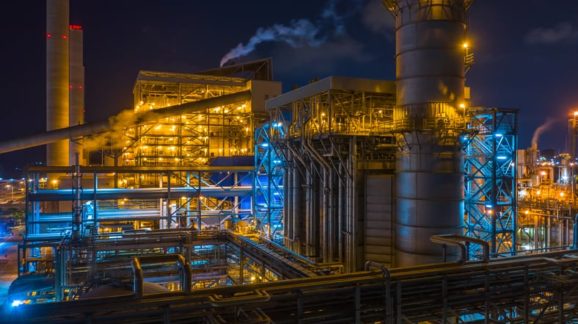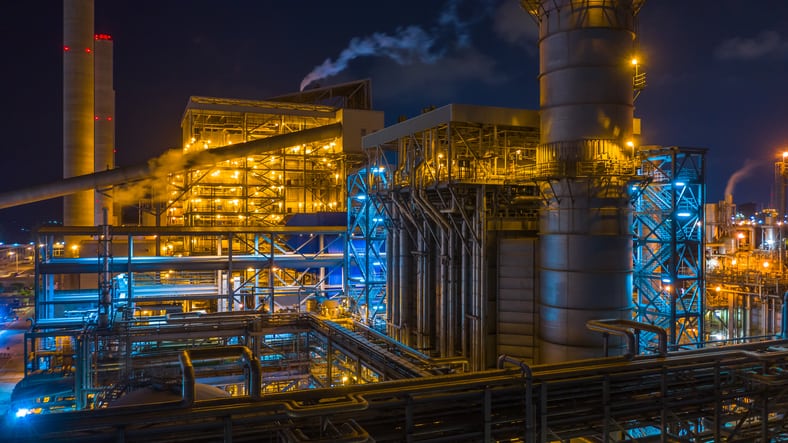EPA Takes Step in Support of Coal-Refuse-to-Energy

 It is one of those issues that makes you question whether environmentalists really care about the environment. Green groups oppose efforts to deal with the coal refuse problem that plagues many coal mining communities in Pennsylvania and West Virginia. The U.S. Environmental Protection Agency (EPA) is doing the right thing by ignoring this opposition and addressing the problem.
It is one of those issues that makes you question whether environmentalists really care about the environment. Green groups oppose efforts to deal with the coal refuse problem that plagues many coal mining communities in Pennsylvania and West Virginia. The U.S. Environmental Protection Agency (EPA) is doing the right thing by ignoring this opposition and addressing the problem.
Along with usable coal, many coal mines have yielded vast quantities of coal refuse—bits of coal mixed in with contaminants. This coal refuse was usually piled up next to the mine and over the decades grew into hills sometimes stretching for hundreds of acres.
In addition to being an eyesore, these hills create several environmental problems, perhaps the most significant being acid mine drainage. The bacteria that grow in the coal refuse creates highly acidic conditions that leach into local water supplies. As a result, several thousand miles of streams in parts of western Pennsylvania are almost completely devoid of life. In addition, some coal refuse piles catch fire, and these fires can burn for months at a time, emitting vast amounts of air pollution and posing safety problems.
Not surprisingly, the dozens of communities with coal refuse piles, many of which have already been hard hit by the loss of coal mining and manufacturing, find it difficult to attract new investment and jobs.
The good news is that a cost-effective process has been developed that turns coal refuse into environmentally benign ash that can be used to remediate the land from which it was taken. These coal-refuse-to-energy plants also provide electricity. The 15 such facilities in Pennsylvania, to the extent they have been allowed to operate, have thus far removed more than 200 million tons of coal refuse, restored 1,200 miles of streams, and reclaimed more than 7,000 acres of land.
Unfortunately, virtually every environmental group that has weighed in on coal-refuse-to-energy plants has come down against them. They view such facilities as just like any other coal-fired power plant and do all they can to shut them down. Yet the greens have not offered an alternative solution to the coal refuse problem.
The Obama EPA, though conceding that “units that burn coal refuse provide multimedia environmental benefits by combining the production of energy with the removal of coal refuse piles and by reclaiming land for productive use,” nonetheless finalized its Mercury and Air Toxics and Cross State Air Pollution rules to apply to them as well.
Coal-refuse-to-energy plants are extremely low emitters of mercury, but can, under some conditions, emit more sulfur dioxide per unit energy than conventional coal fired power plants. This is not surprising given that these plants use a waste product that varies in sulfur content and will occasionally contain higher-than-average levels.
Legislation sponsored by then-Pennsylvania Congressman Keith Rothfus to provide compliance flexibility for coal-refuse-to-energy plants was passed by the Republican-controlled House in 2018, but was never taken up by the Senate. The environmental establishment opposed the effort.
Fortunately, the EPA has just announced that it is providing limited administrative flexibility for six such facilities so they can continue operating. Doing so not only preserves the jobs at these facilities but also helps communities eliminate an impediment to further economic development. This will be a big win for the people who live in areas with a legacy of coal mining. It will also be a big win for the environment, despite the environmentalists.